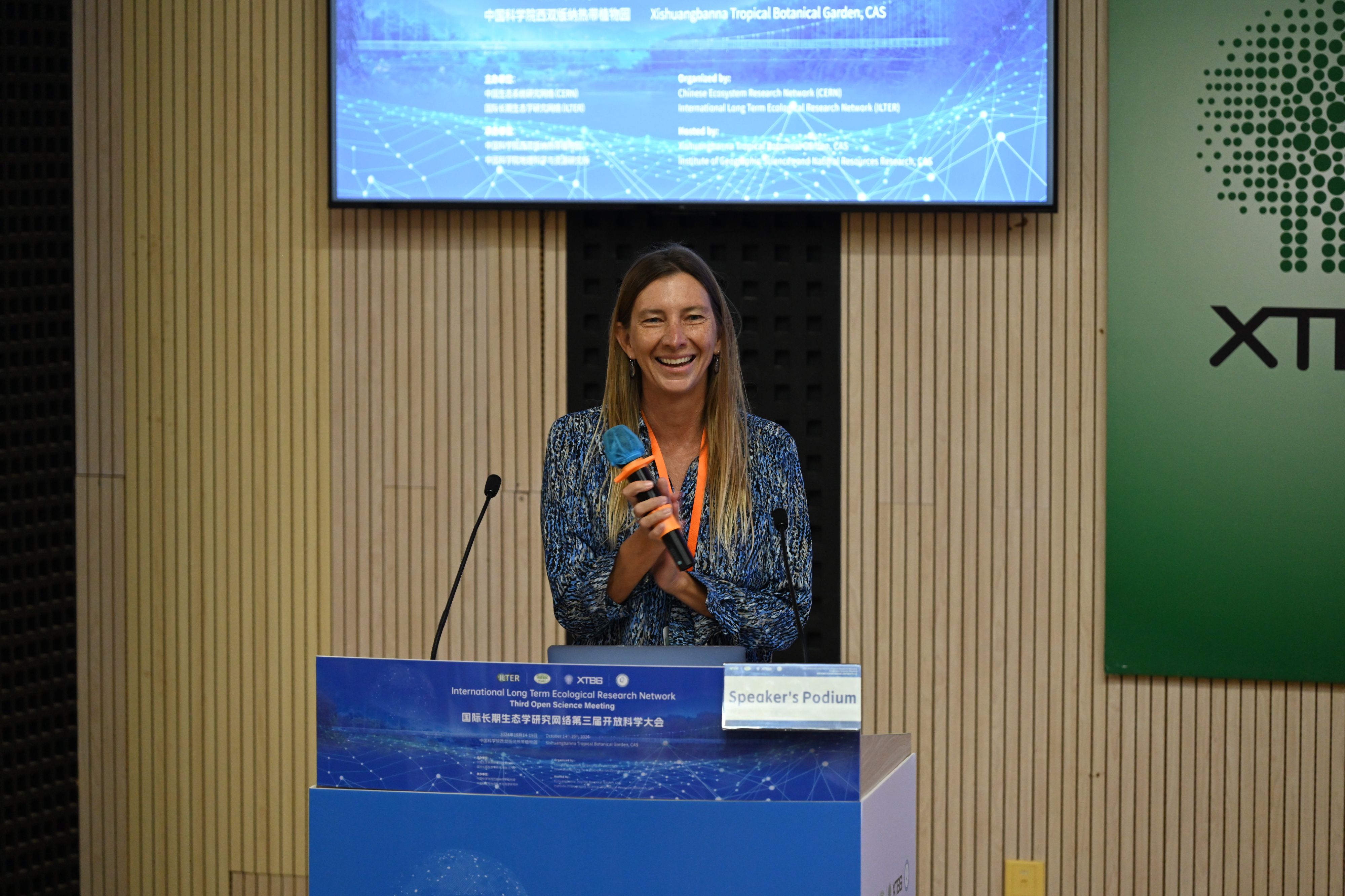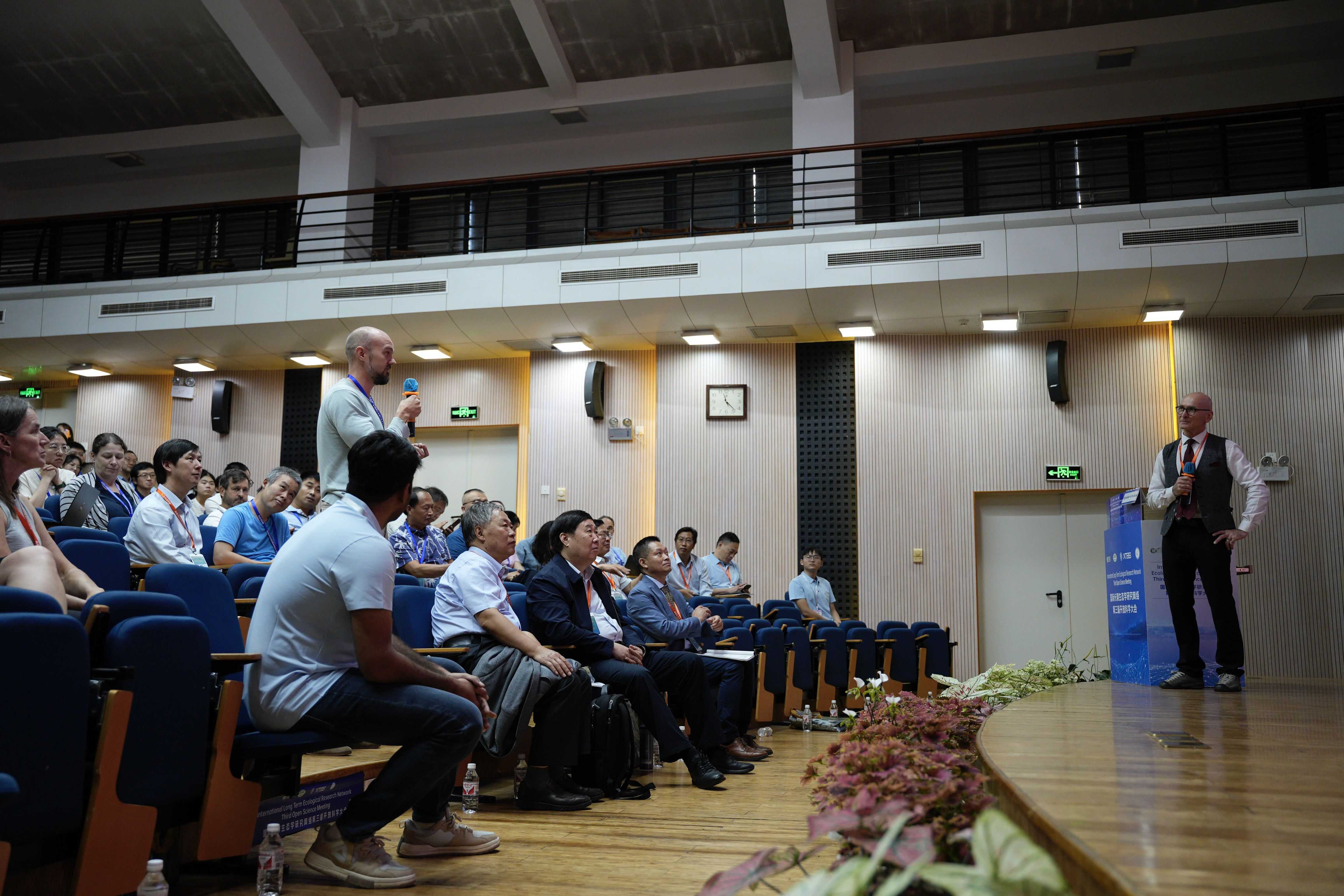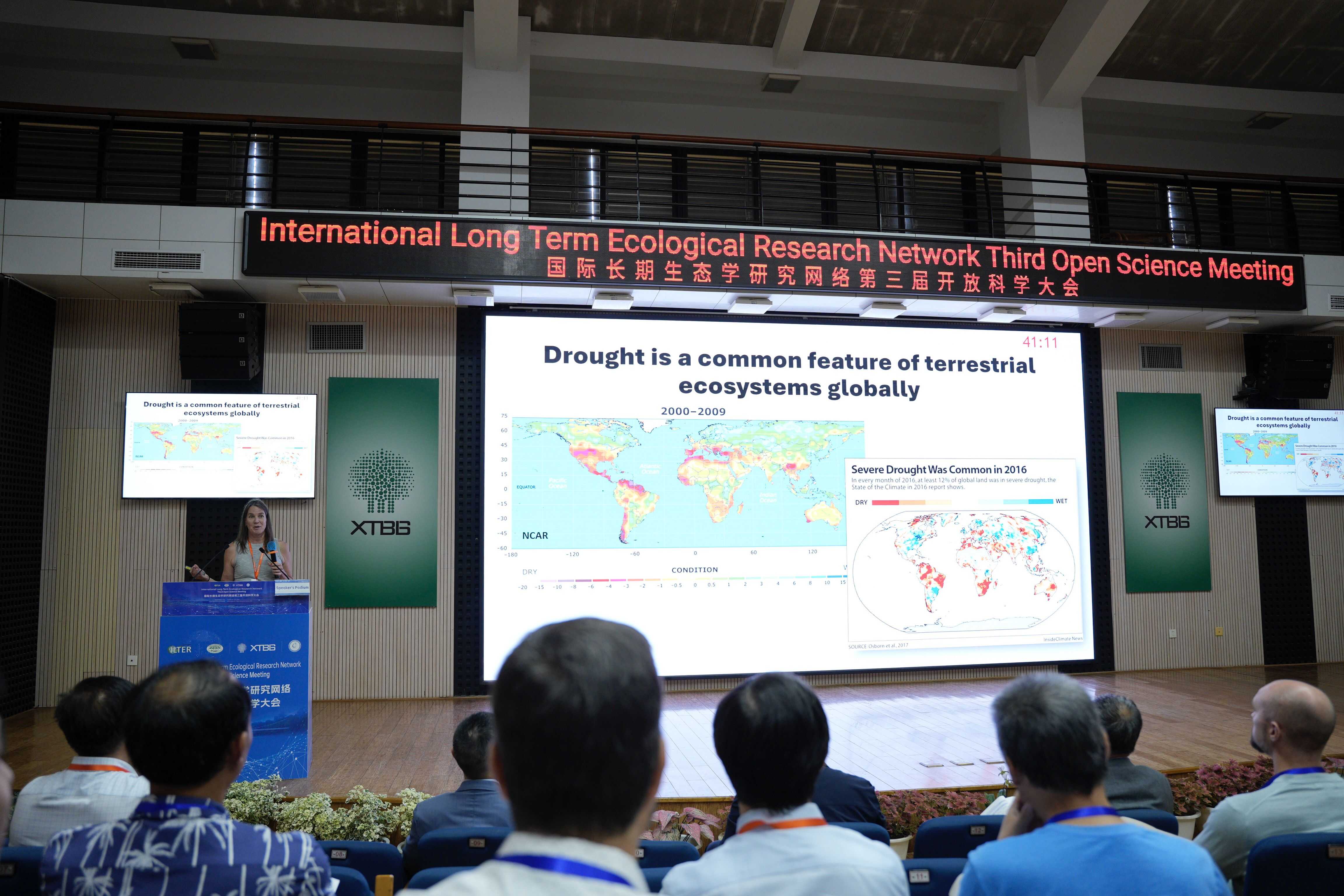Scientists Gather in Xishuangbanna for Long Term Ecological Research
A+ / A-
Long-term ecological research networks support research sites where environmental conditions and biological communities have been monitored for decades. They have contributed to the generation of new knowledge and a better understanding on how ecosystems function under diverse environmental conditions and how they respond to natural and anthropogenic changes.
The joint efforts by long-term ecological research networks can bridge gaps between societal needs and scientific imperatives on concerns at regional and global scales, by data sharing, research collaborations and capability building in the science.
This is what brings ecologists from 19 countries together for the Third Open Science Meeting (OSM) of the International Long-Term Ecological Research Network (ILTER) held in Xishuangbanna of southwestern China's Yunnan Province on Oct. 15, promoting scientific exchange and community engagement within and beyond the ILTER network on global scale.
Over 200 experts and scholars from the field of long-term ecosystem research gathered together at Xishuangbanna Tropical Botanical Garden (XTBG) of the Chinese Academy of Sciences for a three-day meeting to make joint efforts to help prevent and solve environmental and socio-ecological problems, and apply ecological research network science to social environmental issues.
The ILTER, established in the United States in 1993, includes more than 800 sites in various ecosystems across 44 member countries where ecological data have been gathered for up to five decades.
"The infrastructure and data from long-term ecological research networks can support cross-disciplinary investigations," said Dr. Tiffany Troxler, Chair of ILTER.
Ecologists discussed the application of ecological research network science to social environmental issues from perspectives such as sustainable development and ecological social service functions, technological innovation, and progress in ecosystem monitoring. They also explored the role of new technology development and infrastructure in ecosystem and biodiversity research.
The Chinese Ecosystem Research Network (CERN), founded in 1988, is one of the founding members of the ILTER. Its mission is monitoring (observation), research, and experimental demonstration.
"The CERN facilitates research on the China's ecosystems across large spatial and temporary scales through its long-term monitoring data, and provides scientific expertise and knowledge to policy-makers and the public," said YU Guirui, a CAS member and also Vice Chair of CERN Scientific Committee.
YU encouraged new generation of ecologists to take on the responsibilities and join forces to promote development of the global ecological networks.
"China, especially Yunnan, is an excellent place for conducting ecological monitoring and research. With the joint efforts of Chinese and foreign scientists, this region will make due contributions to the development of ecology," said ZHANG Jiaolin, a researcher from XTBG.
ILTER organizes an open science meeting every three years to foster scientific exchange and community building within and beyond the ILTER networks around the globe, starting in 2016.

Dr.Tiffany Troxler, Chair of ILTER, delivers an opening speech. (Image by XTBG)

CAS member FU Bojie from Research Center for Eco-Environmental Sciences of the Chinese Academy of Sciences makes plenary presentation. (Image by XTBG)

Dr. Michael Mirtl, Director of the European LTER Head Office, makes plenary presentation. (Image by XTBG)

Prof. Melinda D. Smith from Colorado State University makes plenary presentation. (Image by XTBG)
